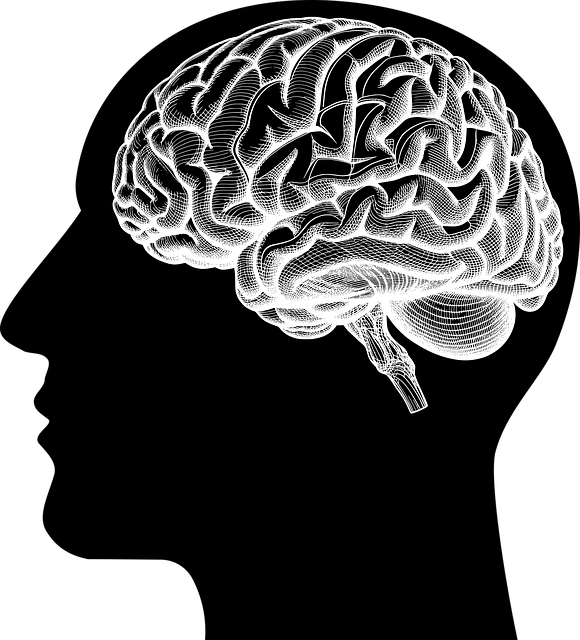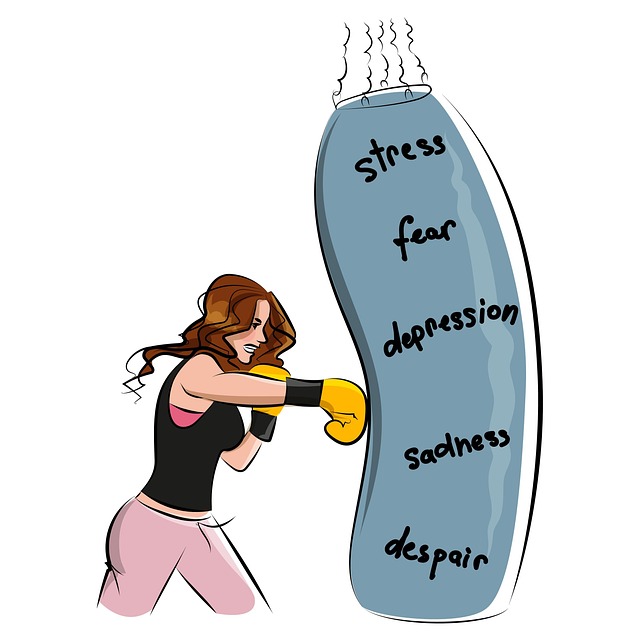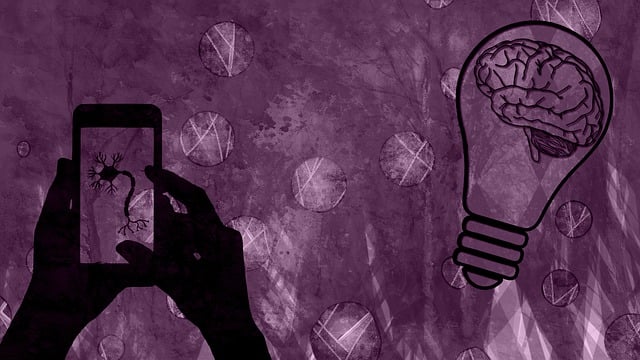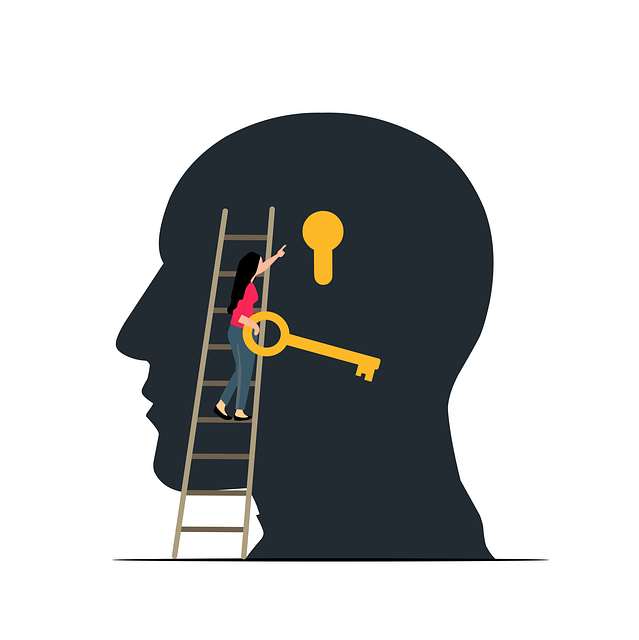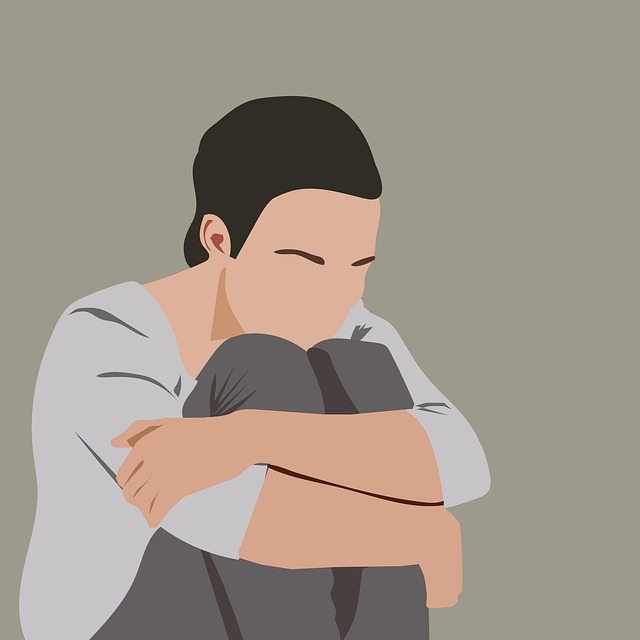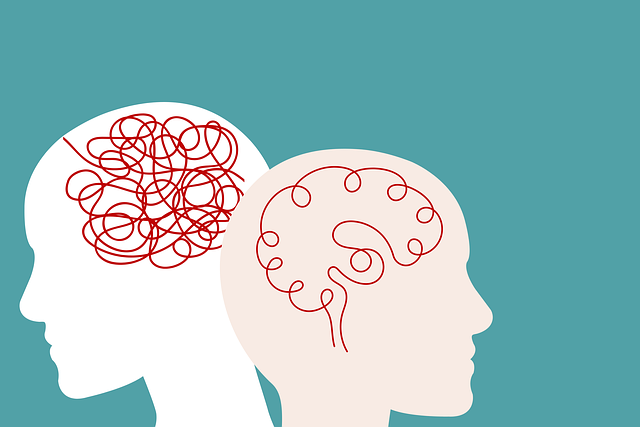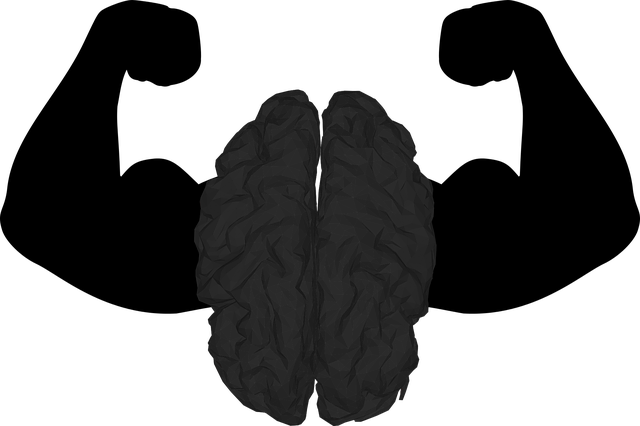Mental illness stigma severely affects adolescent well-being, especially for abuse survivors. This hinders access to crucial support services like therapy, leading to long-term consequences. To combat this, there's a need for cultural competency training for healthcare providers and initiatives boosting self-esteem and trauma support for survivors. Targeting young people in their social networks, schools, and peer groups with integrated mental health professionals can create safe spaces for open discussions without fear of judgment. Tailored therapies like CBT and EMDR empower abuse survivors to process trauma and manage symptoms, while mindfulness meditation enhances emotional regulation. Community engagement through educational initiatives and awareness campaigns humanizes mental health struggles, breaks down stereotypes, and normalizes conversations. Integrating mental health education in schools equips young individuals with coping mechanisms, setting them up for better mental health outcomes. These holistic approaches advocate for evidence-based practices like mindfulness to drive policy changes supporting long-term stigma reduction, benefiting therapy access for abuse survivors.
Mental illness stigma, particularly among adolescents, can have devastating consequences. This article explores targeted strategies to reduce stigma, focusing on understanding its profound impact on young minds. We delve into key areas: youth-centric spaces as potent arenas for change, the transformative power of therapy for abuse survivors, and community engagement as a cornerstone for lasting stigma reduction. By addressing these aspects, we aim to empower individuals and foster supportive environments for adolescent mental health.
- Understanding Stigma and Its Impact on Adolescent Mental Health
- Targeting the Roots: Addressing Stigma in Youth-Centric Spaces
- Therapy as a Catalyst for Change: Supporting Survivors of Abuse
- Community Engagement and Education for Sustainable Stigma Reduction
Understanding Stigma and Its Impact on Adolescent Mental Health

Stigma surrounding mental illness can have a profound impact on adolescent mental health and well-being. Adolescents who experience or survive abuse, such as physical or emotional trauma, are particularly vulnerable to internalizing societal perceptions of mental illness as a personal failing or weakness. This can lead to delayed access to necessary support services, including therapy for adolescent teens. The consequences are severe; unaddressed mental health issues in adolescence can persist into adulthood, affecting academic performance, social relationships, and overall quality of life.
Understanding the mechanisms of stigma is crucial in developing effective reduction strategies. Stigma often arises from a combination of fear, misinformation, and cultural norms that devalue or marginalize experiences of mental distress. Healthcare provider cultural competency training plays a vital role in combating this by promoting empathy, understanding, and supportive responses to diverse patient populations. Furthermore, initiatives focused on self-esteem improvement and trauma support services can empower adolescents to seek help without the fear of judgment, fostering a healthier and more inclusive environment for vulnerable youth.
Targeting the Roots: Addressing Stigma in Youth-Centric Spaces

In the battle against mental illness stigma, targeting young people in their spaces of interaction and support is a strategic move. Adolescent teens, especially those who have survived abuse, often find solace and community in schools, youth groups, and peer support networks. Stigma reduction efforts in these settings can be powerful, as it’s here that they first encounter understanding or, unfortunately, face further judgment. Therapy for adolescent teens plays a pivotal role; by integrating mental health professionals into these spaces with a focus on cultural sensitivity and resilience building, we can foster an environment where young people feel comfortable discussing their experiences without fear of being stigmatized.
Risk management planning for mental health professionals is essential to ensure these interactions are safe and beneficial. By addressing stigma at its root, specifically within youth-centric spaces, we empower individuals to navigate their mental health journeys openly, promoting early intervention and improved outcomes. This approach recognizes the profound impact peer support can have on reducing stigma, fostering a culture of care and understanding.
Therapy as a Catalyst for Change: Supporting Survivors of Abuse

For many adolescents who have survived abuse, therapy serves as a powerful catalyst for change, offering a safe space to process trauma and nurture mental wellness. This is especially crucial given the elevated risk of developing mental illness among this vulnerable population. Through tailored therapeutic interventions, such as cognitive-behavioral therapy (CBT) or eye movement desensitization and reprocessing (EMDR), teens can learn coping mechanisms to manage symptoms associated with post-traumatic stress disorder (PTSD), anxiety, and depression.
Supportive counseling environments facilitate the rebuilding of self-esteem and resilience, empowering survivors to challenge negative thought patterns and beliefs perpetuated by their experiences. Moreover, integrating mindfulness meditation techniques into therapy sessions can enhance emotional regulation and promote a sense of calm, contributing to overall mental wellness. The Mental Wellness Podcast Series Production can play a significant role in amplifying these recovery stories, fostering understanding and empathy through authentic narratives, ultimately helping to dispel stigma surrounding mental illness among adolescent teens abuse survivors.
Community Engagement and Education for Sustainable Stigma Reduction

Community engagement is a powerful tool in the ongoing fight against mental illness stigma. By fostering open dialogues and educational initiatives, communities can humanize the experiences of those struggling with their mental health. This involves organizing workshops, panel discussions, and awareness campaigns that break down stereotypes associated with various mental health conditions, particularly targeting at-risk groups such as adolescent teens and abuse survivors. These efforts ensure that support systems are accessible to all, fostering a culture of care and understanding.
Education plays a pivotal role in sustainability. Teaching community members about the neurobiology behind mental illness can help dispel misconceptions. Encouraging empathy and normalizing conversations around mental wellness can prevent further isolation of those affected. Moreover, integrating mental health education into school curricula ensures that young individuals are equipped with coping mechanisms and knowledge of available resources, setting them up for better mental health outcomes. This holistic approach, combined with advocacy for evidence-based practices like mindfulness meditation, can significantly contribute to policy changes that support long-term stigma reduction.
Mental illness stigma reduction is a multifaceted approach that requires understanding its profound impact on adolescent mental health. By addressing stigma in youth-centric spaces and through community engagement, we can foster a more supportive environment. Therapy plays a pivotal role in empowering abuse survivors to heal and break the cycle of stigma. Through sustained education and collaborative efforts, we can create a society where everyone receives help without fear or judgment, especially for therapy designed specifically for adolescent teens and abuse survivors.


